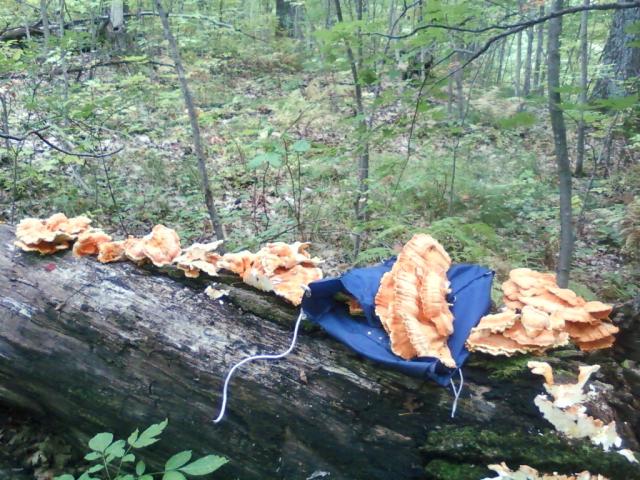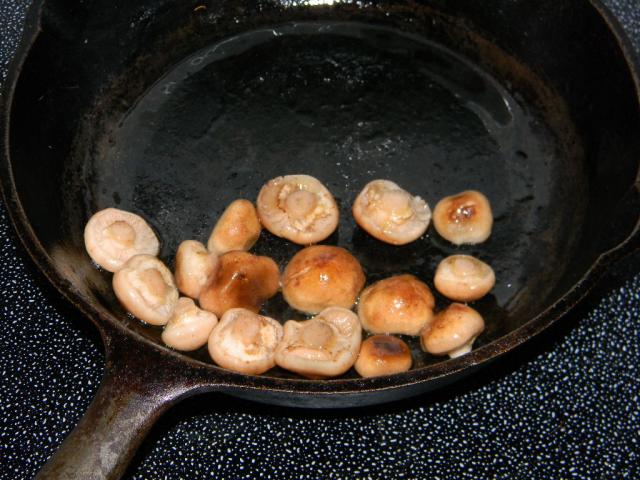me&thegals
A Major Squash & Pumpkin Lover
What she saidpatandchickens said:Woo, good find! Congrats!
I'd suggest sticking to things that really HAVE no dangerous lookalikes. There are a few. Some chanterelles; puffballs if you cut them open first (and since they are best sliced and sauteed *anyhow*, you normally *would* cut them open, so would notice if they were actually a newly-sprouted amanita); hedgehog mushrooms (which I just noticed some last week in the provincial forest where I walk the dog, and am having a lot of trouble refraining from nicking 'em for the dinner table LOL); or those blackish funnel-shaped ones that look like dead leaves whose name escapes me at the moment. [e.t.a. - I looked it up, it is Craterellus cornucopioides, horn of plenty or black chanterelle - also known as trumpet of death but is totally not poisonous, I think that name is just b/c it is black]savingdogs said:I love mushrooms and know we have many exotic kinds that grow around here. I do have a mushroom identifier book but I'm still intimidated. How did you all learn to positively identify mushrooms well enough to be confident eating them.
Beyond that, or if you're not comfortable even with *that*, find a local mushroom group that does classes or does forays for newbies. Best to learn from people, in person, who can point at things and say yes/no, and draw your attention to details, and check your IDs.
Pat
I almost harvested what I thought to be chanterelles at a local park this summer since they have no deadly look alikes. Turns out they weren't the ones I thought they were...
Woodwzrd--Funny about mushroom hunters being protective of their spots






 Makes me wonder if any are edible!
Makes me wonder if any are edible!